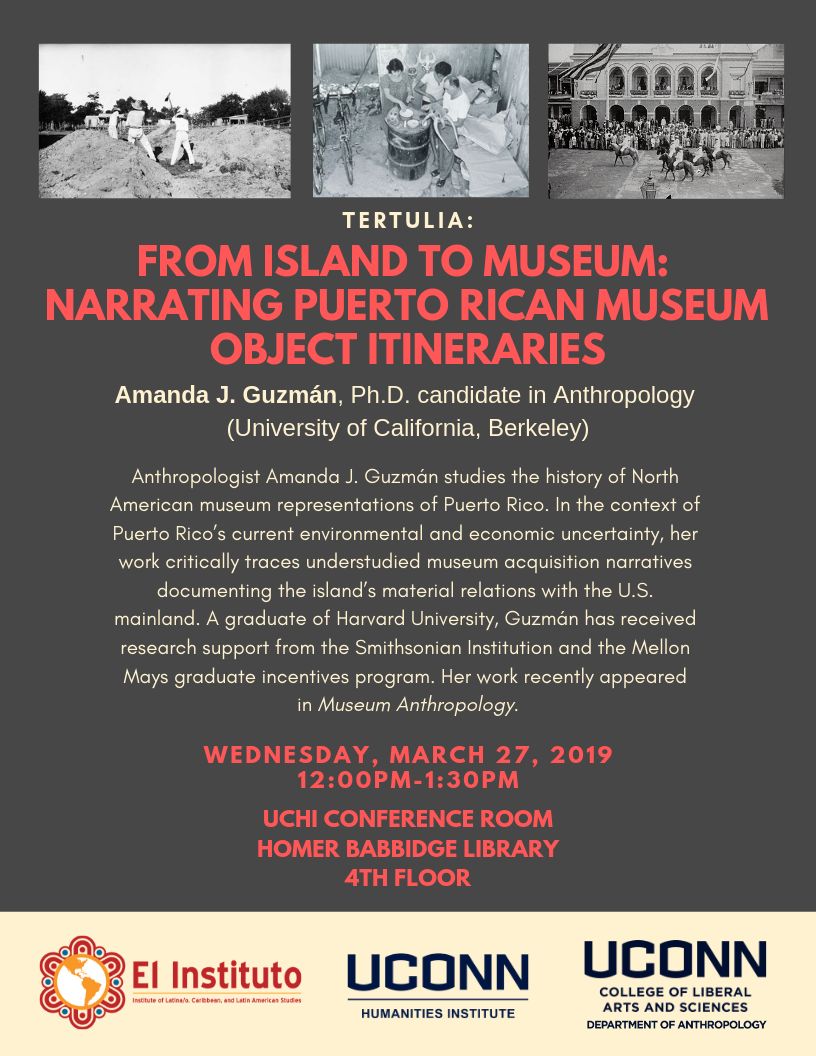When Amanda Guzmán was growing up in the Bronx in the 1990s, she rarely saw her family’s Puerto Rican heritage reflected in the great museums of New York City. There was one exception. Her parents took her to the Museo del Barrio to show her an exhibit on the archaeology of the ancient Taino civilization, which populated Puerto Rico before the Spanish conquest.
Amanda got her first opportunity to curate a museum exhibit when she was an undergraduate at Harvard. In a course taught by a curator of Harvard’s Peabody Museum of Archaeology and Ethnography, each student had to curate a small exhibit from the museum’s collection. Amanda asked the Harvard curator if the museum possessed any objects from Puerto Rico. The curator had no idea.
After jumping through some hoops, Amanda finally discovered that Harvard possessed more than one thousand Puerto Rican objects. Thus began a series of questions that she would continue to explore as a doctoral student in anthropology at UC Berkeley. How many U.S. museums possessed archaeological and ethnographic objects from Puerto Rico hidden in dusty storage rooms? When, how, and why were these objects extracted from the island and stashed in U.S. museums? Were these museums — located in cities like New York, Chicago, and Philadelphia with large Puerto Rican diasporas — doing anything to make these collections publicly available?
With some detective work, Amanda tracked down more than a dozen dusty museum collections and tried to reconstruct the history of the objects therein. She discovered that the largest group of collectors had been U.S. military officials and their wives who went to Puerto Rico in the 1898 Spanish American War to take the island as a U.S. possession. The most important archaeology collector was the son of the owner of a U.S. sugar company. That status allowed him to strike deals with the businessmen who owned most of the land in Puerto Rico, to get their permission to excavate and extract the island’s archaeological treasures.
Museum visitors would never know this, however, because it is a hidden history. Museums have typically portrayed these objects with little mention of Spanish colonialism, and no mention at all of U.S. colonialism.
When Amanda finishes her doctorate in May, she hopes to build a career as a curator, scholar, and critic of museums. Her big dream is to create a digital museum that one day will bring together all of the scattered, plundered Puerto Rican objects in one virtual space, where their history can be explored by people on the island, mainland, and throughout the world.
Contributed by Megan Fountain
